About a BILLION years ago (well, more like 6 months), Gary Moore, author of Vinotrip: A Maryland Wine Blog, put into type-written the words what EVERYONE looking to reach out to Millennials should hear. Everyone in the wine industry, anyway.
In a short and sweet post about the increasingly big deal being made about wine companies reaching the millennial consumer, he finished with the following invaluable question:
“You sell alcohol. How hard can it be to sell alcohol to college graduates in their mid-twenties?”
LISTEN TO THE MAN. He certainly has a point.
His words have been echoing through my busy little head ever since he wrote them. At first, I lol’d. A lot. Then I started thinking more and more about this. Why on EARTH does the wine industry need me to say all this stuff? It really should be simple. I shouldn’t have to constantly reverse engineer the needs, wants, desires, dislikes, etc. of myself, my friends, and others in my generation in order to re-format these things into easily digestible somewhat sporadic how-tos for the world to read (though I do enjoy it quite a bit). So, really. Why?
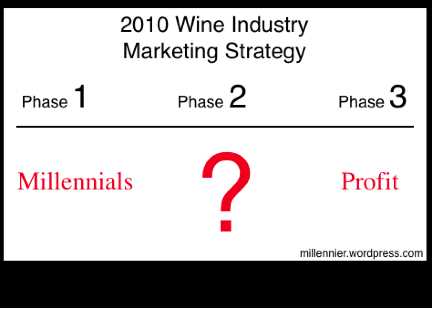
Look familiar?
In the time I’ve had to clarify my thoughts on the matter, I’ve come up with an answer to Gary’s question: it’s HARD. And here’s why: Survival. (Tough love is incoming, people. Fair warning.) To clarify, it’s difficult because of the the attitude and image that the wine industry in the United States has carefully cultivated in order to emerge, survive, and thrive over the last 40 years. The inability for the wine industry to change the marketing tactics that it has been using for the last almost-half -century accounts for the failure to appeal to millennial consumers.
In the mid 1970’s, when US wine became an international contender on the wine scene, both wine producers and wine drinkers embraced their (well-deserved) status with evangelical enthusiasm. And as evangelicals do, they sought to prove that Americans could be just as knowledgeable, critical, and refined in taste as their European counterparts. And though I was not around for this incredible time, I believe this image and attitude is exactly what the US wine industry needed to survive.
This is the foundation upon which current wine culture in America is based. Throughout the decades, the industry has not lost the evangelical zeal to display its knowledge and refinement. Marketing campaigns embrace it, wine publications tout it, and wine drinkers from this era flaunt it.
It was effective to market wine in this way to generations 40 years ago – even 20 years ago – but it’s NOT WORKING NOW. For the next generation of wine drinkers, this attitude tends to turn us off. Some people are annoyed by it, some people are intimidated, some people don’t identify with it, the list goes on.
RANDOM STORY THAT THIS REMINDS ME OF: The story of my friend’s grandmother. This woman lived through the great depression as a child with a large family and went through unthinkable hardships: poverty, starvation, the death of young siblings. Though she didn’t speak of this much with my friend, this time weighed heavily on her throughout her long life. When she passed away, my friend and her father went to clean out her home to sell it. When they went into the basement, they found over 20 boxes of canned goods – some recent to some almost 50 years old. Because of her formative years in need, this woman had been buying and hoarding thousands of cans her entire life because she felt that she would someday need them; in reality, however, she had been spending her family’s hard earned money on a misappropriated sense of safety.
I find this very similar to what is happening with the wine industry today. Today’s attitude was created in a time of need – it helped the wine industry emerge, survive, and thrive for years. However, that’s not what it takes to survive today and certainly not tomorrow. Attempting to create new “brand ambassadors” using the same old tactics is proving to be a failure.
EXAMPLE: How many new brand ambassadors from the target millennial demographic did your company’s last full-page, full-color ad in Fill In The Blank Glossy Wine Publication get you?
Too far? Ok, my apologies. Snarkiness aside, clinging to the safety of what has worked in the past is exactly what will torpedo efforts now and in the future. By no means am I encouraging companies big or small to do away with what has gained them their current following. There is value to that approach, but only to one’s current customer base. In other words, to maintenance – not to growth. This is why I’m not suggesting companies completely amputate this approach.
I do, however, highly recommend that if any company wants a NEW consumer group, that you create a NEW marketing plan for them – separate from your existing plan. This means a new attitude and image for this group. Put in the effort to find the aligned interests of the demographic and of your brand and work from there. If you personally don’t know what I’m talking about, find someone that does. This kind of work won’t be easy at first, but it WILL be worth it.
You’ll know it’s working when it’s no longer difficult to sell your alcoholic beverage to a twenty five year-old college graduate.




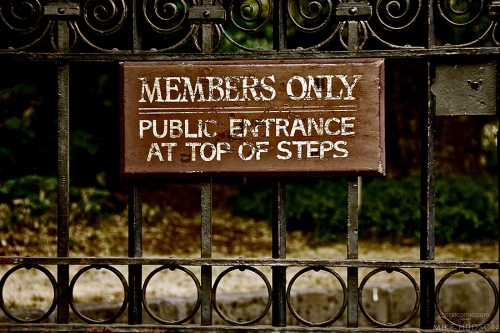
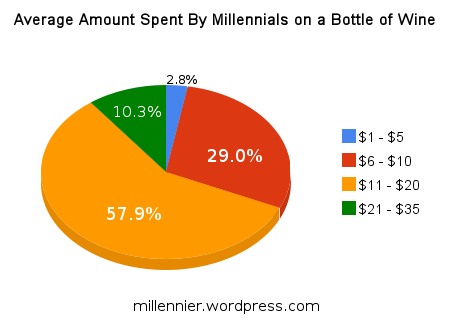
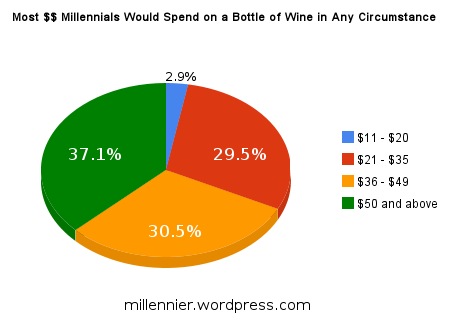
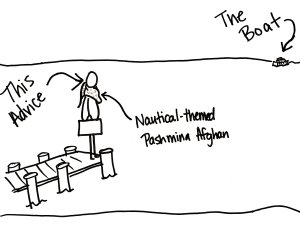
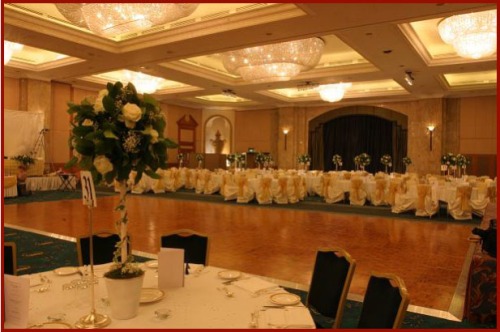





 Leah Hennessy is a member of the Millennial Generation working in the wine industry. She is the owner of the consulting firm & brokerage,
Leah Hennessy is a member of the Millennial Generation working in the wine industry. She is the owner of the consulting firm & brokerage,